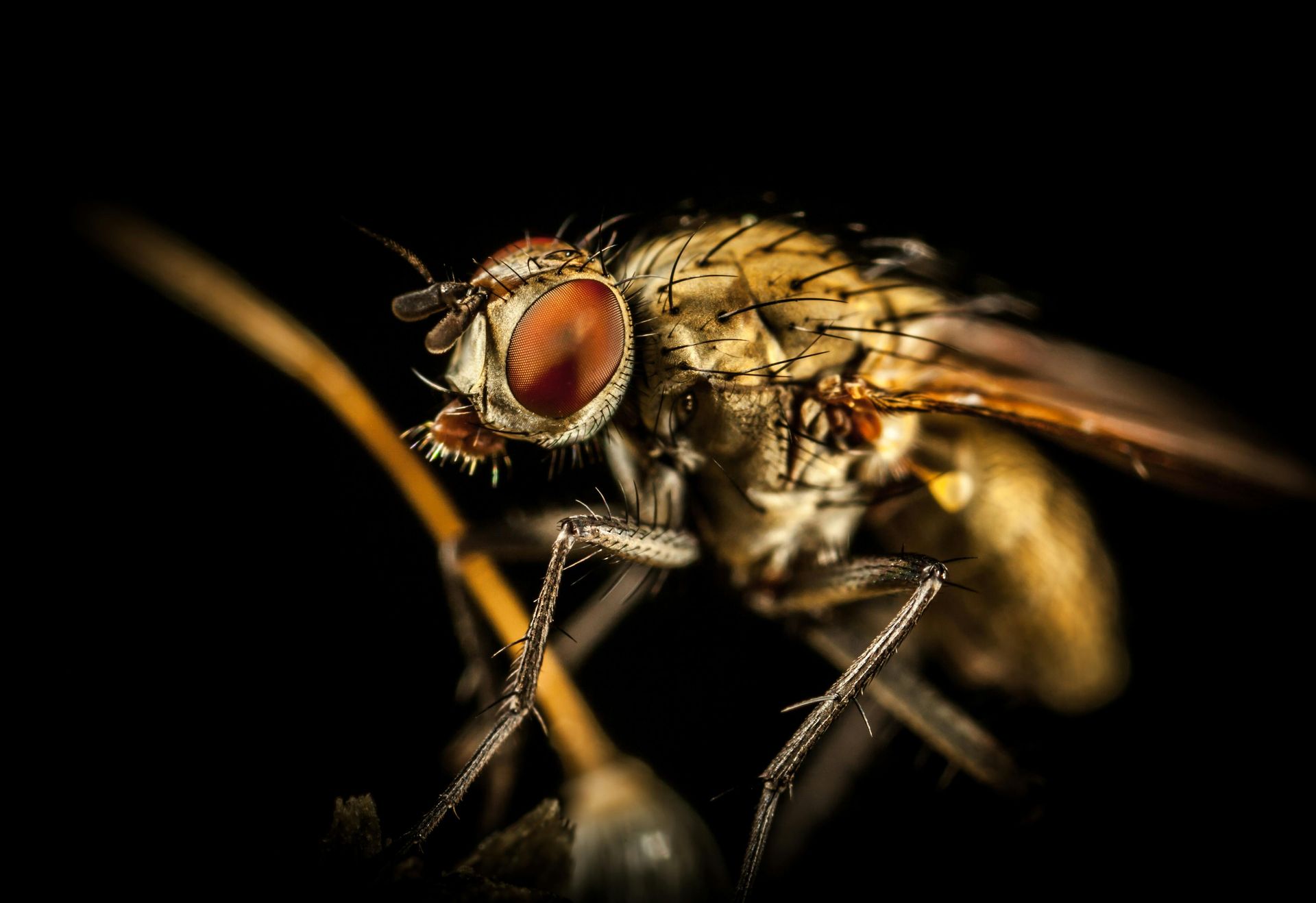DIY Pest Cleanup: Why You Should Leave It to the Professionals
The Hidden Health Risks of Cleaning Cockroach Casings and Rodent Droppings

Dealing with a pest infestation is stressful enough, but the work doesn’t end once the pests are gone. Cleaning up after an infestation of cockroaches or rodents is critical but also hazardous. Cockroach casings, rodent urine, and feces can pose serious health risks, and improper cleanup can exacerbate these dangers. While DIY cleanup might seem like a cost-effective solution, there are several reasons why it’s better left to the professionals.
The Hidden Dangers of Pest Infestation Residue
- Cockroach Casings and Feces: Cockroaches leave behind casings, droppings, and even saliva, which can trigger allergic reactions and asthma attacks, particularly in sensitive individuals. The proteins found in cockroach excrement are potent allergens that can cause respiratory issues, skin rashes, and other symptoms, especially in children and older people. Cockroach remnants can also harbor bacteria, viruses, and parasites that can spread diseases, including salmonella and E. coli.
- Rodent Urine and Feces: Rodents like rats and mice are notorious for spreading disease through their urine and feces. Rodent droppings can carry harmful pathogens such as hantavirus, leptospirosis, and lymphocytic choriomeningitis virus (LCMV). Inhaling dust contaminated with rodent urine and feces can lead to severe respiratory infections. Additionally, rodent urine contains pheromones that attract more rodents, perpetuating the infestation cycle even after the initial cleanup.
- Airborne Contaminants: When cleaning up after pests, disturbing droppings and casings can release harmful particles into the air. These airborne contaminants pose a risk to anyone nearby, as they can be inhaled and cause respiratory issues. For example, hantavirus, found in rodent droppings, can become airborne and lead to hantavirus pulmonary syndrome, a severe and sometimes fatal respiratory condition.
Why DIY Pest Cleanup Is Risky
- Lack of Proper Equipment: Cleaning up pest residue requires more than a broom and a dustpan. Specialized equipment, including HEPA filter vacuums, personal protective gear, and disinfectants, is necessary to remove hazardous materials safely. Most DIY cleaners cannot access the appropriate equipment to handle pest cleanup safely, which increases the risk of exposure to harmful pathogens.
- Inadequate Cleaning Methods: Standard cleaning methods like sweeping or vacuuming without a HEPA filter can worsen the problem by spreading allergens and pathogens into the air. Proper pest cleanup involves meticulous sanitization, which includes using industrial-strength disinfectants that neutralize bacteria and viruses. Professional cleanup teams are trained to follow strict protocols that ensure thorough decontamination.
- Health Risks to Homeowners: Attempting to clean up pest residue without the proper knowledge and equipment can lead to direct exposure to harmful substances. Even a minor mistake, like using the wrong type of cleaner or failing to wear protective gear, can have severe health consequences. Professionals are trained to recognize and mitigate these risks, protecting both themselves and the home occupants.
The Benefits of Professional Pest Cleanup
- Comprehensive Sanitization: Professional pest cleanup services go beyond surface cleaning and sanitizing affected areas, ensuring all traces of pests are eliminated. This comprehensive approach helps prevent future infestations and protects your home from lingering health hazards.
- Proper Disposal of Hazardous Waste: Cockroach casings and rodent droppings are considered hazardous waste and must be disposed of properly. Professional cleanup teams are equipped to handle and dispose of these materials safely, reducing the risk of contamination to the environment and your home.
- Peace of Mind: Hiring professionals for pest cleanup ensures your home is safe and clean. They have the training, experience, and equipment to tackle even the most severe infestations, giving you confidence that your home is free from health risks. Professionals like The Green Queen and Your Green Team can make all the difference to your peace of mind.
Cleaning up after a pest infestation is a complex task. The health risks associated with cockroach casings, rodent urine, and feces are significant, and improper cleanup can worsen the situation. While DIY cleanup may seem cheaper, the potential health hazards and lack of proper equipment make professional pest cleanup safer and more effective.
For your safety and your family's health, always consider hiring professional pest cleanup services to handle the aftermath of an infestation. They can provide thorough sanitization, proper waste disposal, and peace of mind, ensuring your home is safe and pest-free.
Critter Repellent All Natural Animal Repellent Blog












